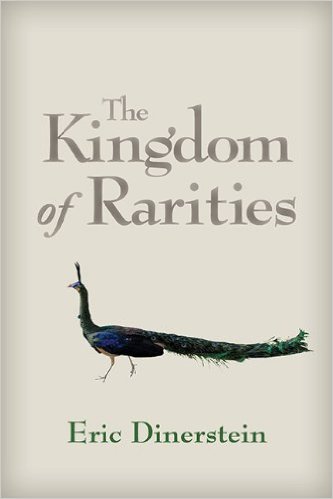Bookshelf
The Kingdom of Rarities
When you look out your window, why are you so much more likely to see a robin or a sparrow than a Kirtland's warbler or a California condor? Why are some animals naturally rare and others so abundant? The quest to find and study seldom-seen jaguars and flamboyant Andean cocks-of-the-rock is as alluring to naturalists as it is vitally important to science.
From the Himalayan slopes of Bhutan to the most isolated mountain ranges of New Guinea, The Kingdom of Rarities takes us to some of the least-traveled places on the planet to catch a glimpse of these unique animals and many others. As he shares stories of these species, Eric Dinerstein gives readers a deep appreciation of their ecological importance and the urgency of protecting all types of life – the uncommon and abundant alike.
An eye-opening tour of the rare and exotic, The Kingdom of Rarities offers us a new understanding of the natural world, one that places rarity at the center of conservation biology. Looking at real-time threats to biodiversity, from climate change to habitat fragmentation, and drawing on his long and distinguished scientific career, Dinerstein offers readers fresh insights into fascinating questions about the science of rarity and unforgettable experiences from the field.
Featured On Episode #219
Kingdom of Rarities
This week, we’re learning about ecology and biodiversity, and the preservation of endangered (and even extinct) species. We’re joined by Eric Dinerstein, Lead Scientist and Vice President for Conservation Science at the World Wildlife Fund, to discuss his new book The Kingdom of Rarities, about the challenges involved in studying rare and exotic animals. And we speak to Stuart Pimm, Doris Duke Chair of Conservation Ecology at Duke University, about his arguments against plans to revive extinct species.


